 |
| Giang Pass seen from above. |
From the historic pass
Every road has its own destiny. But few roads carry within themselves a strange destiny, a great “turnaround” like Deo Giang. It was born from colonial intentions but was chosen by history as the place to bury those intentions.
National Highway 3, the section from Hanoi to Bac Kan - Cao Bang, has been known since the French colonial period as the "land of passes". After Phu Thong, which is relatively flat, the route has revealed the ruggedness of the Northeast terrain with a series of passes: Giang, Gio, Cao Bac, Ma Phuc...
Even a French tourist, in the article “Sur les cimes” (On the mountain top) in Le Courrier Automobile (No. 166, May 15, 1931), when talking about the trip to Ba Be, wrote: “About twenty kilometers from Bac Kan, you will pass through the Giang Pass, where, amidst the dense forested mountains, the wildness reminds me of the road crossing the Annamitique range... However, the road in Bac Ky is still much better than the road in An Nam”. More than a century has passed, the road with the code name “Route Coloniale n°3” (Colonial Road No. 3) is now paved smoothly. But history is not easily eroded by wheels and time. It only remains, quietly, in old documents, in memories of time and in the sound of the wind whistling through the rocks at the top of the pass.
In the winter of 1947, the Viet Bac - Autumn Winter Campaign took place in a fierce confrontation. Finally, the French army was forced to retreat from Bac Kan along Highway 3, to flee to Cho Moi. The historic battle took place on the morning of December 12, 1947. The location chosen by the Command of Regiment 165 (also known as the Capital Regiment) was a precise tactical calculation: at km 187-188 on Highway 3, in the territory of Lang Ngam commune, Ngan Son district (old). The terrain with high mountains on one side and a deep abyss on the other was truly an ideal place for an ambush.
The 165th Regiment set up a battle position here. When the French motorized convoy of 22 vehicles (including tanks, armored vehicles and troop transport cars) was completely in a "dead end", our troops opened fire simultaneously. The result was a resounding victory. We killed 60 enemies (including two lieutenants), destroyed and burned 17 motorized vehicles, and captured 2 million Indochinese piastres along with many important weapons and military equipment.
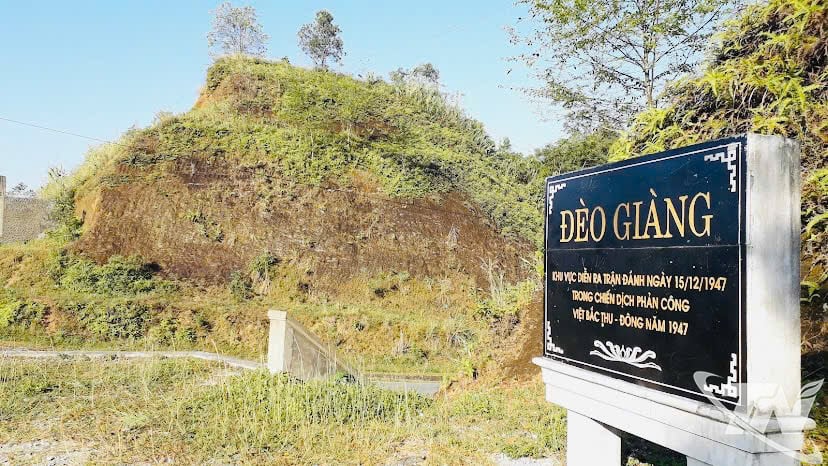 |
| Sign indicating the location of the counter-attack of the Viet Bac army and people in December 1947. |
Su That Newspaper No. 92, published on May 1, 1948, in the series “Major Battles in Viet Bac”, described “The Battle of Deo Giang” as “the major battle that opened a series of victories”. The article wrote: “…Our troops intercepted and fought in the rugged mountainous area, completely annihilated an enemy battalion, captured many weapons, and foiled their plot to retreat through Deo Giang…”. The significance of this battle goes far beyond numbers.
This was a large-scale battle, leaving valuable lessons in battalion-level ambush tactics that were later applied and developed throughout the resistance war against the French.
From this resounding battle, Giang Pass became a historical place, the pride of the people and army of Bac Kan at that time in particular and Viet Bac in general. This victory also became a transitional step to the attack on Phu Thong fort (July 25, 1948) which continued to resonate, strongly encouraging the young armed forces, contributing to completely defeating the plot of French colonialists in the Viet Bac war zone.
To the cultural icon
The greatness of Giang Pass does not stop at a military feat. Many battles took place in the resistance war against the French, but not every place name entered poetry and lived a different life.
In 1954, poet To Huu distilled the most quintessential, painful and heroic elements of the war to carve into literature. When he wrote “Ta ve ta nho Phu Thong, Deo Giang”, that name completed the journey of the road. Thus, from an administrative target (in 1920), to a military coordinate (in 1947), Deo Giang became a cultural symbol (in 1954). Deo Giang stood next to Song Lo, Pho Rang not as a pass anymore but as a part of the flesh and blood of the revolutionary homeland. That verse gave Deo Giang a place of remembrance in the history of the nation.
Returning to Giang Pass today, the road has been straightened a bit, widened. Heavy container trucks crawled slowly through, tourist cars glided lightly. In early winter, the fog was already spreading like a thin silk strip at the top of the pass. To mark history, in 2001, the Ministry of Culture and Information (now the Ministry of Culture, Sports and Tourism ) ranked the Giang Pass Historical Relic as a National Historical Relic. The relic was built solemnly with a large relief on the left recreating the battle of Giang Pass in the past; on the right is a memorial stele recording the history of the battle.
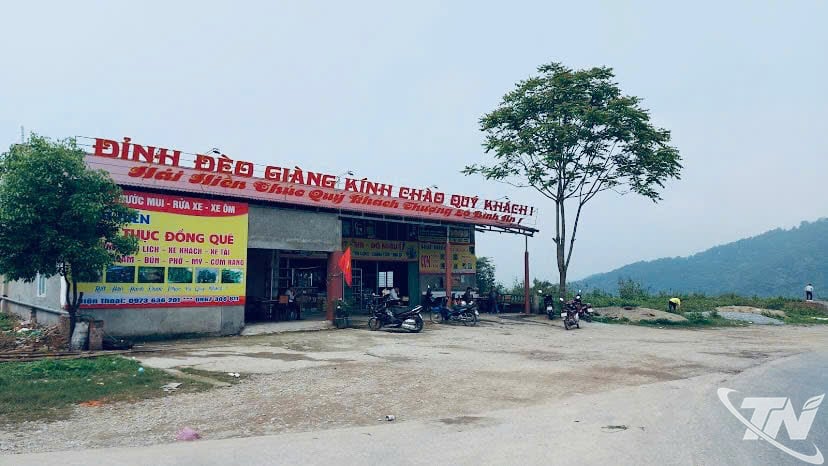 |
| A familiar roadside stop for tourists and drivers when conquering Giang Pass. |
This place has become an “outdoor school”, a stop for today’s generation to better understand the sacrifices of their fathers. But in the hustle and bustle of modern life, how many people rush past without stopping? The name “Giang Pass” is still there, but its meaning is being challenged by speed. The “arduous” road of the past is now conquered too easily. However, history is not lost. It is just hidden. It is hidden in the relief, in the silent stone stele. “Col de Deo-Giang” is a name of conquest. “Giang Pass” is the name of recapture.
Giang Pass is now a heritage, a reminder that the road we are traveling on was built from many layers. Under the modern asphalt layer is the gravel layer of 1947 and deeper is the rock layer of 1920. If you ever pass Giang Pass, with the other half belonging to Na Phac commune and the other half belonging to Phu Thong commune, stop for a few minutes. To listen to the wind of the great forest blowing through the stone stele, to see that history is still very much alive, from the road right under our feet...
Source: https://baothainguyen.vn/van-hoa/202511/huyen-thoai-deo-giang-b1722a3/




![[Photo] Exciting contest of skillful red fruit picking and creativity from Son La coffee beans](https://vphoto.vietnam.vn/thumb/1200x675/vietnam/resource/IMAGE/2025/11/15/1763201832979_ndo_bl_3-jpg.webp)
![[Photo] Panorama of the 2025 Community Action Awards Final Round](https://vphoto.vietnam.vn/thumb/1200x675/vietnam/resource/IMAGE/2025/11/15/1763206932975_chi-7868-jpg.webp)
![[Photo] General Secretary To Lam receives Governor of Kanagawa Province (Japan) Kuroiwa Yuji](https://vphoto.vietnam.vn/thumb/1200x675/vietnam/resource/IMAGE/2025/11/15/1763204231089_a1-bnd-7718-5559-jpg.webp)

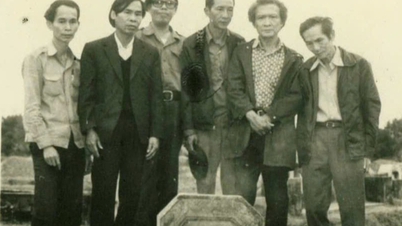











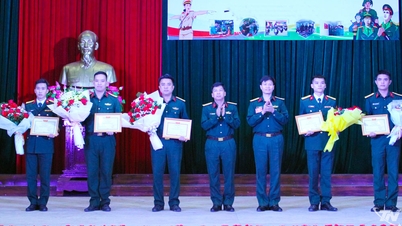



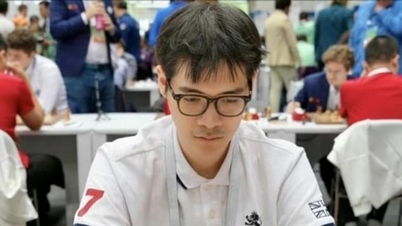








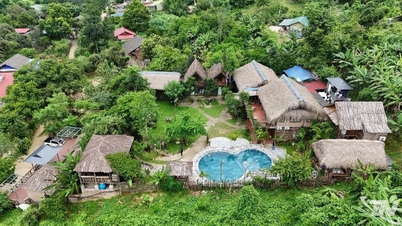






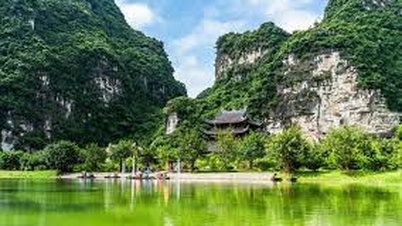


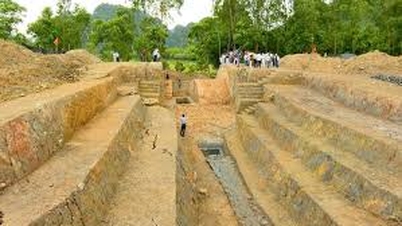
































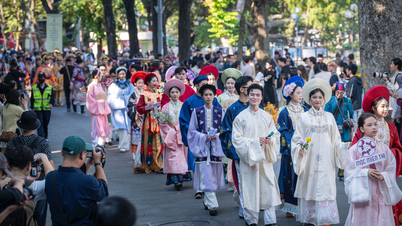




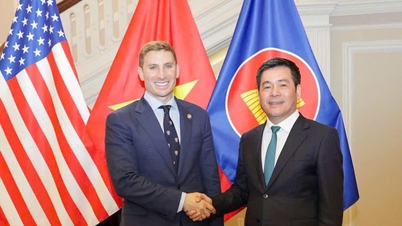





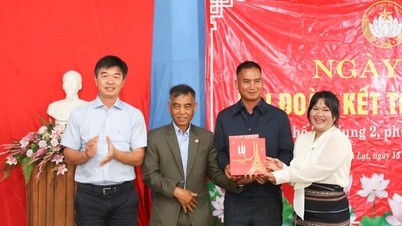



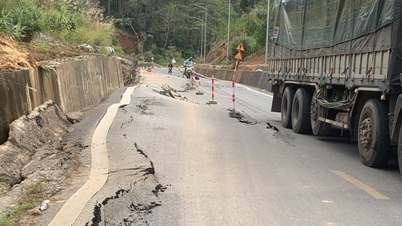
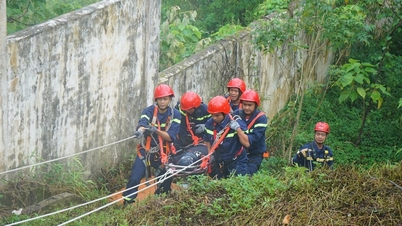











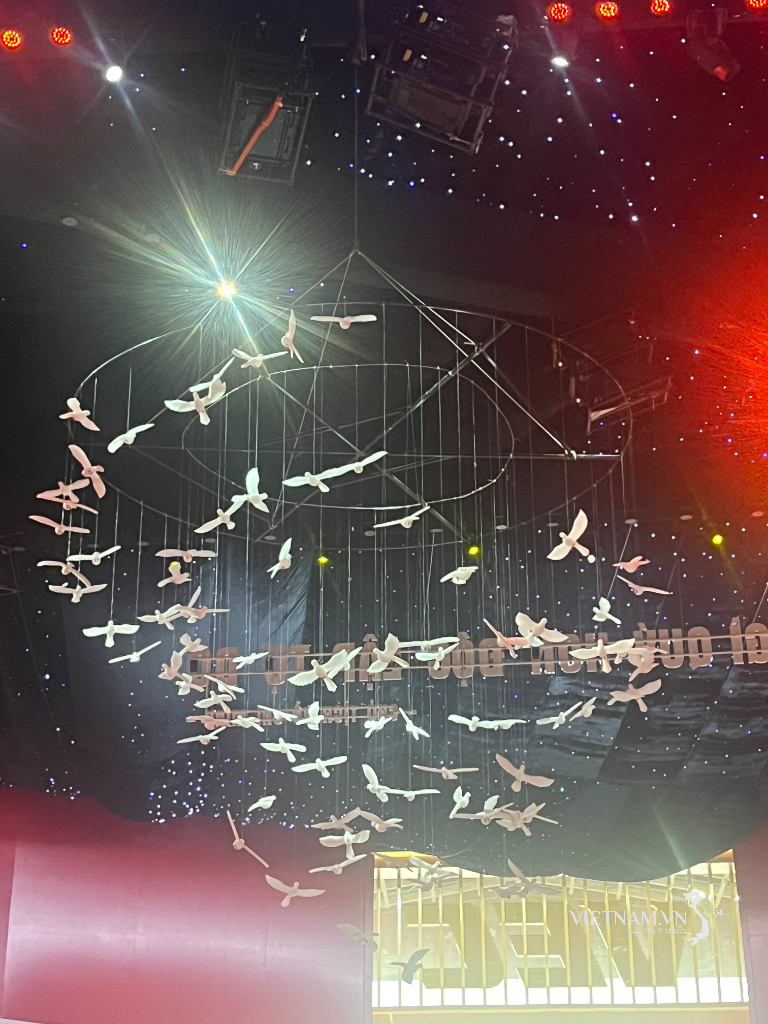


Comment (0)